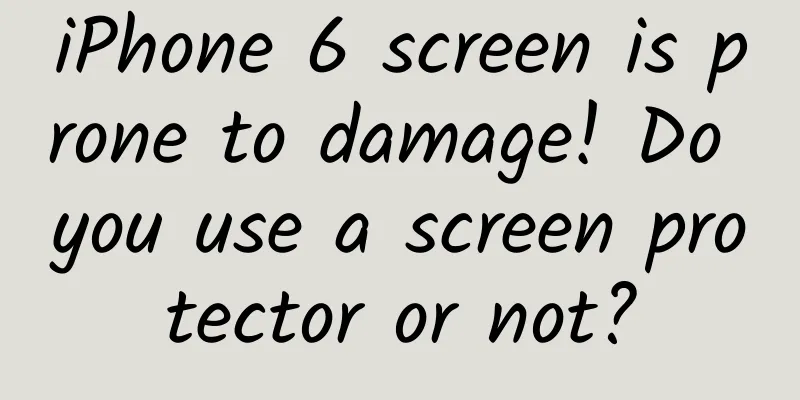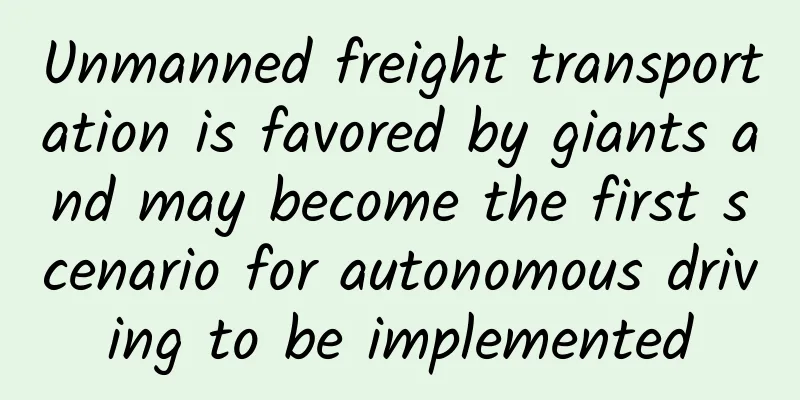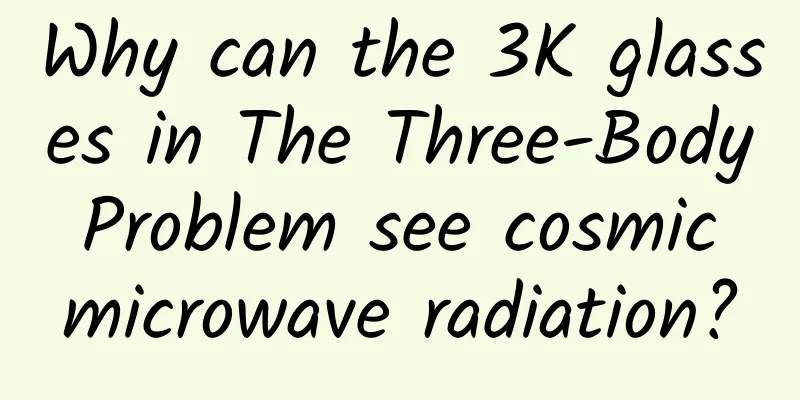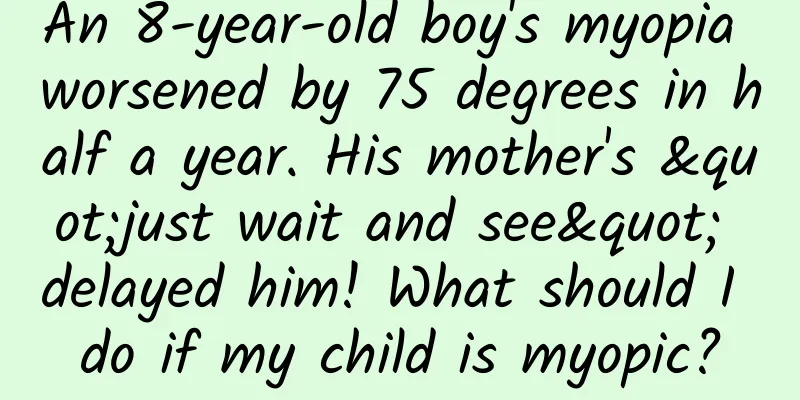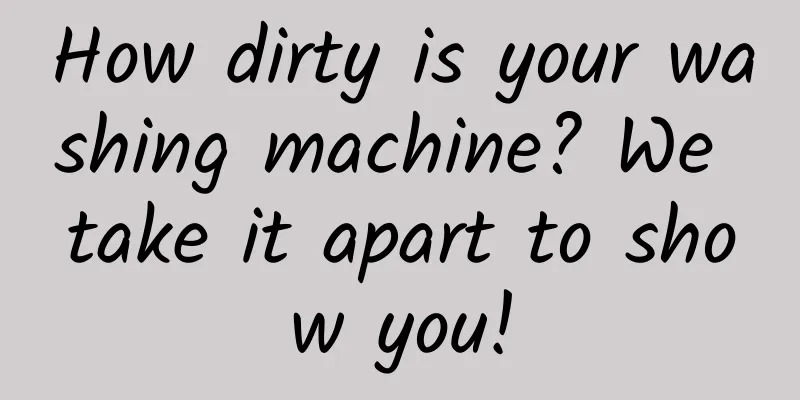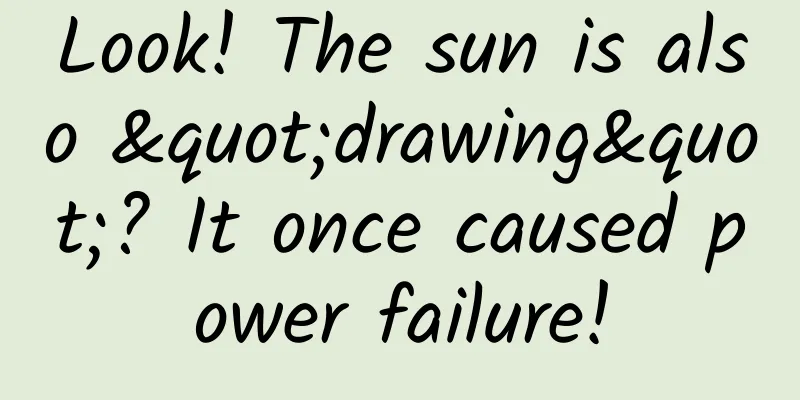Confirmed! Three layers of silver-coated glass affect the signal. Lei Jun hit a wall, and Yu Chengdong became a prophet.
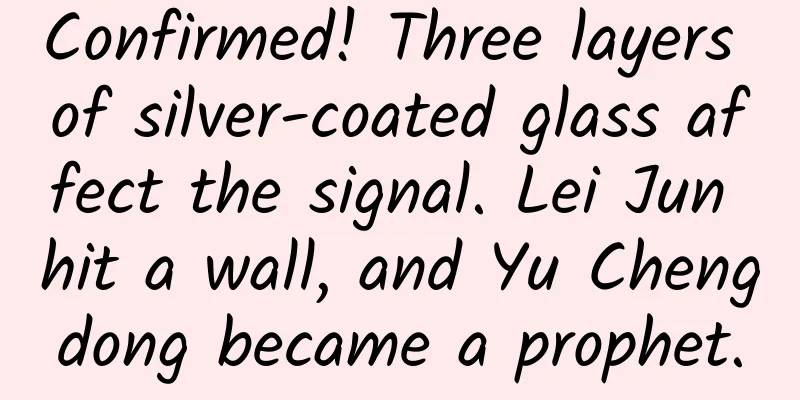
|
Your windshield blocks your cell phone signal! No, there isn’t. You don’t understand. If you don’t believe it, try it. This was another verbal spat between Yu Chengdong and Lei Jun some time ago. Then, the user actually tried it, and a fact surfaced - the in-car navigation signal of Xiaomi SU7 Founder Edition was indeed inaccurate. Xiaomi Motors officially provided two solutions: one is to replace the front windshield for free in the name of "navigation experience technology upgrade"; the other is to install a signal amplification receiver at the ETC. I have to say that both of these methods are very hardcore. The first one is simple and crude. If the glass is not working, then replace it. The second one is the old method of "adding noodles if there is too much water, and adding water if there is too much noodles". If the signal is not strong, then add a receiver. But no matter what method is used, it seems to confirm one thing: the front windshield of Xiaomi SU7 does affect the mobile phone signal in the car, and this is a common phenomenon. A car is bound to have problems of one kind or another, but the front windshield affecting the signal is really new. So, how did Xiaomi SU7 get into this trouble? Theoretically, adding a layer of physical barrier will affect the signal, which is common sense. Many people still remember that in the era of PHS more than ten years ago, many people liked to run to the balcony when making phone calls. Some people even waved their mobile phones towards the sky to avoid the obstruction of buildings and find a better signal. The same is true for cars. When driving, if the windows and sunroof are not opened, the car is a confined space, which can easily affect the mobile phone signal. However, with the continuous improvement of communication technology, the mobile phone signal is also constantly strengthening. Therefore, in the era of smart phones, people can make calls and use navigation in the car without being affected. Why does the front windshield of Xiaomi SU7 affect the navigation signal? This is actually a new trouble caused by Lei Jun himself. In the current new energy vehicle market, there is a prominent problem, that is, the hot and stuffy car interior in summer. In order to improve the appearance of the vehicle, many manufacturers use a full panoramic sunroof, but in order to save costs, they do not want to install sunshades, and most of them require users to purchase them separately, which directly causes the passengers in the car to feel like they are in a pot. Tesla is a typical example in this regard. There have been pictures online showing car owners holding umbrellas and wearing hats while sitting in their cars, which is enough to illustrate the universality of this problem. When designing Xiaomi SU7, they wanted to seize this issue for marketing, so they used three layers of silver-coated glass on the sunroof and front windshield. The surface of ordinary car glass has more than ten layers of film, and three layers of silver-coated glass has three layers of film made of silver-coated material. Its advantage is that it improves the heat insulation effect of glass while maintaining lighting. According to Lei Jun, this glass can effectively block 99.5% of ultraviolet rays and 97.6% of infrared rays. It is both light-transmitting and heat-insulating, solving a problem that has not been solved in the "one hundred and forty years of the automotive industry." Common sense tells us that as a small manufacturer that has just entered the industry, the probability of Xiaomi solving a century-old problem is close to zero, because the automobile industry is already very mature, and every nook and cranny has been studied countless times by engineers, and there will definitely be no "slipping through the net" on large items such as glass. Here comes the answer. There is indeed a reason and experience basis for other manufacturers not to use this triple-layer silver-coated glass. As early as April this year, Yu Chengdong publicly stated that the three-layer silver-coated glass solution of Xiaomi SU7 would seriously affect the type of mobile phones in the car. If it can affect the mobile phone signal, it can also affect the navigation signal; in the future, if components such as laser radar are integrated into the windshield, it will also affect the radar signal. In fact, just like the austenitic 304 stainless steel and semi-hidden door handles that Lei Jun has vigorously promoted before, triple-silvered glass is not high-tech. It is very common in some high-end buildings. In the construction industry, this kind of glass is generally called triple-silver low-e glass, and many high-rise office buildings use this kind of glass on their exterior walls. Why does using this kind of glass on buildings not affect the signal? Because buildings are not confined spaces, their outer walls, roofs, doors, vents, etc. can allow signals to penetrate; but if it is used in cars, the signal may only be guaranteed by opening the windows, but in many cases, especially on highways, the windows and sunroofs are not opened. The war of words between Yu Chengdong and Lei Jun has broken out many times, but this dispute did not seem to attract much attention from the outside world, because this time Lei Jun can be said to have hit a wall. Yu Chengdong is a technical expert by training. He single-handedly led the "Saint Wireless" team at Huawei. It can be said that most of his career has been dealing with signals. You can argue with Yu Chengdong about AEB, but you should never argue about signal-related issues. Just like Guo Degang's classic joke, if you want to discuss with a rocket expert whether the engine uses bituminous coal or coking coal, he will lose if the expert looks at you. Yu Chengdong, the expert, did not lose, and he indeed did not even look at that person any more. Triple-layer silver-coated glass is something that should have been tested by major communications manufacturers such as Huawei, ZTE, and Nokia. It is really a very common material. Yu Chengdong said that three layers of silver-coated glass will affect the signal. Except for Lei Jun, probably no one would question it, because there is no point in arguing about signal issues with communication technology experts. But Xiaomi SU7 has used "heat insulation" as a selling point from the very beginning, and this thing cannot be stopped, so Lei Jun can only force a confrontation with Yu Chengdong and try to tell everyone that there is no problem with his glass. However, facts are facts after all. Since car owners have reported this problem, we might as well abandon this thing on a small scale. If the problem is really serious, subsequent models may directly cancel this three-layer silver-coated glass. Judging from the current situation, this incident has almost no impact on Yu Chengdong. At most, it has strengthened his label as a "tech guy" and made him a far-ahead prophet. Anyway, Hongmeng Zhixing did not use this kind of glass. Yu Chengdong just said a few words and the matter was over. For Xiaomi SU7, it doesn't seem to have much impact. If there is a problem with the glass, just replace it for free; as for how to solve the insulation problem after the replacement, it is actually no big deal. People who can spend more than 200,000 to buy Xiaomi SU7 have some sentimental feelings in it. After some marketing, fans may even think that Xiaomi is very people-friendly. But this incident should still attract Xiaomi's attention. Xiaomi should be more cautious in disputes such as comparing signal with Huawei, comparing applications with Apple, comparing design with Porsche, and comparing battery life with BYD. Internet public opinion often reverses and backfires. Xiaomi, led by Lei Jun, is very good at creating momentum, and in many cases, it can even turn the tide. More than a decade ago, there were many manufacturers who started making mobile phones. Xiaomi had no technical foundation, but it has survived to this day and even once ranked third in global sales. Its strong marketing ability obviously contributed to this. A few years ago, Xiaomi and Huawei had an argument over the issue of "how router signals can pass through walls". Although the two companies were completely different in terms of technological accumulation, after many rounds of verbal battles, Xiaomi successfully made many people think that it was on the same level as Huawei, which can be regarded as a classic case in marketing history. But in the automotive industry, this approach is very dangerous. If a mobile phone crashes and has no signal, you can restart it; but if a car crashes or has no signal at a critical moment, it can be fatal. This is by no means an exaggeration. By that time, it will not be as simple as replacing a piece of glass. As a winner of Toutiao's Qingyun Plan and Baijiahao's Bai+ Plan, the 2019 Baidu Digital Author of the Year, the Baijiahao's Most Popular Author in the Technology Field, the 2019 Sogou Technology and Culture Author, and the 2021 Baijiahao Quarterly Influential Creator, he has won many awards, including the 2013 Sohu Best Industry Media Person, the 2015 China New Media Entrepreneurship Competition Beijing Third Place, the 2015 Guangmang Experience Award, the 2015 China New Media Entrepreneurship Competition Finals Third Place, and the 2018 Baidu Dynamic Annual Powerful Celebrity. |
<<: Samsung S6 still vulnerable to year-old vulnerability, could be used for spying by hackers
Recommend
Acg sentence control
Source code introduction Keep your favorite peopl...
Analysis of the three major growth models and core formulas in 2020
Last Spring Festival, I wrote "2019, the beg...
Home appliance companies are "in love" with the post-90s generation. The spring of Tongshuai fashion home appliances has come.
As time goes by, the post-90s generation has grad...
How did smartphones become a diplomatic weapon for major powers?
Recently, there were news reports that Russian Pr...
A "new" chemical element, want to "get into the pit" of the periodic table? It's not that easy!
Recently, researchers from the Institute of Moder...
Behind the food that smells bad but tastes good, there is a magical smell "magic"
In the vast world of food, there is a magical phe...
What is Affiliate Marketing?
What is Affiliate Marketing Affiliate marketing i...
27,000 units sold in four months, Kia's Yang Honghai is as fierce as a tiger, but the record is 0 to 5
Are there any brands that are obviously well-know...
Apple updates iOS 15.2 with details to check if iPhone parts are genuine
The official version of iOS 15.2 has been release...
New use for iPhone 6: distinguishing real breasts from silicone ones
A foreign girl uploaded a video of her breasts, w...
The new version of Windows 10 blocks local exe installation: you must use the official store
exe is our most common application installer, but ...
Is a sore throat a sign of "double positive"? Will there be a large-scale epidemic in the near future? Latest tips →
Today (8th), the State Council’s Joint Prevention...
iOS source code: annual calendar showing events
Functional classification: Life Supported platfor...
Are the “edited” vegetables delicious?
The cover image is a copyrighted image. Reprintin...
The Ministry of Industry and Information Technology has removed 10 apps that infringe on user rights: because they failed to complete rectification as required
[[385032]] According to the Ministry of Industry ...
